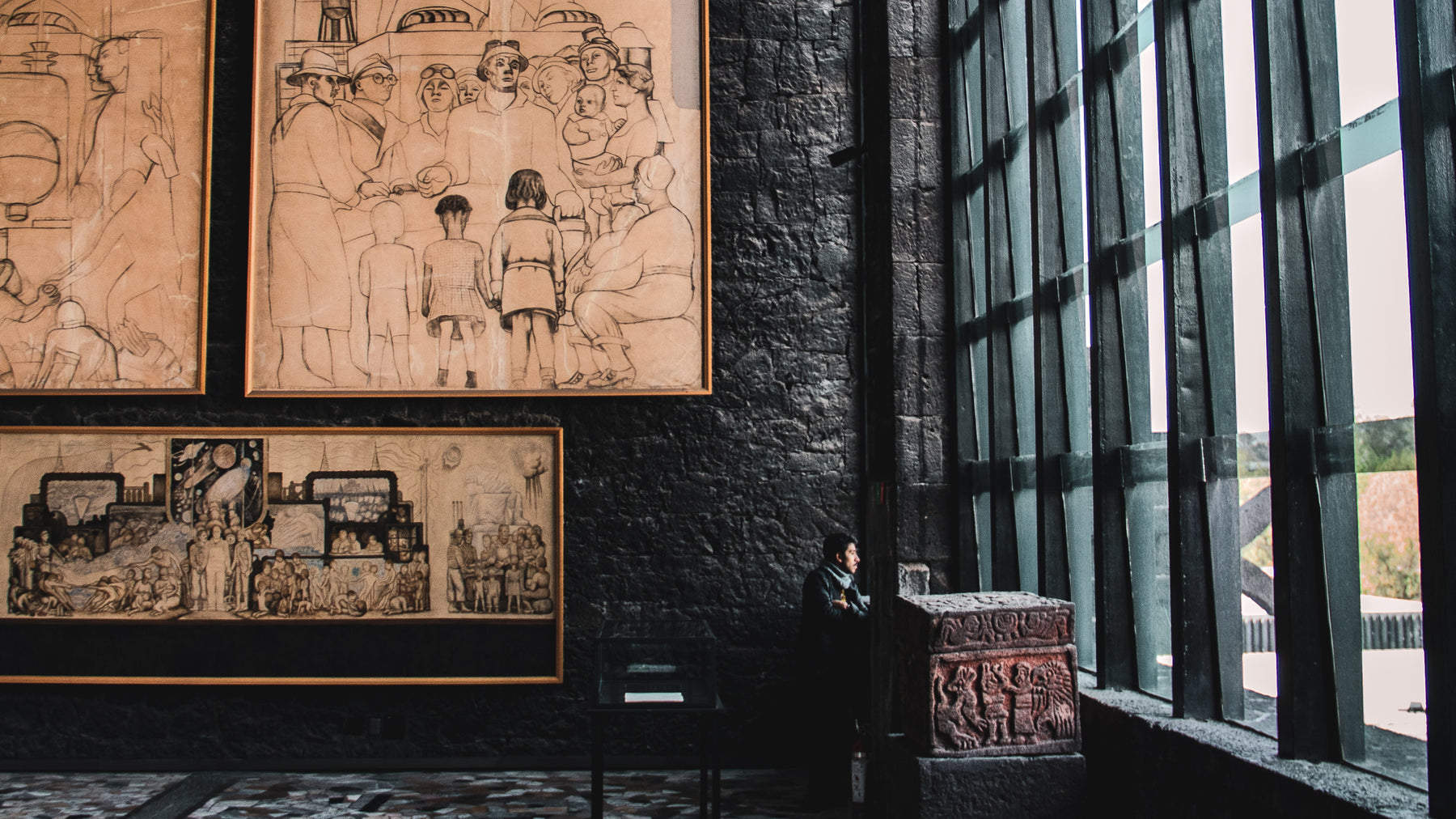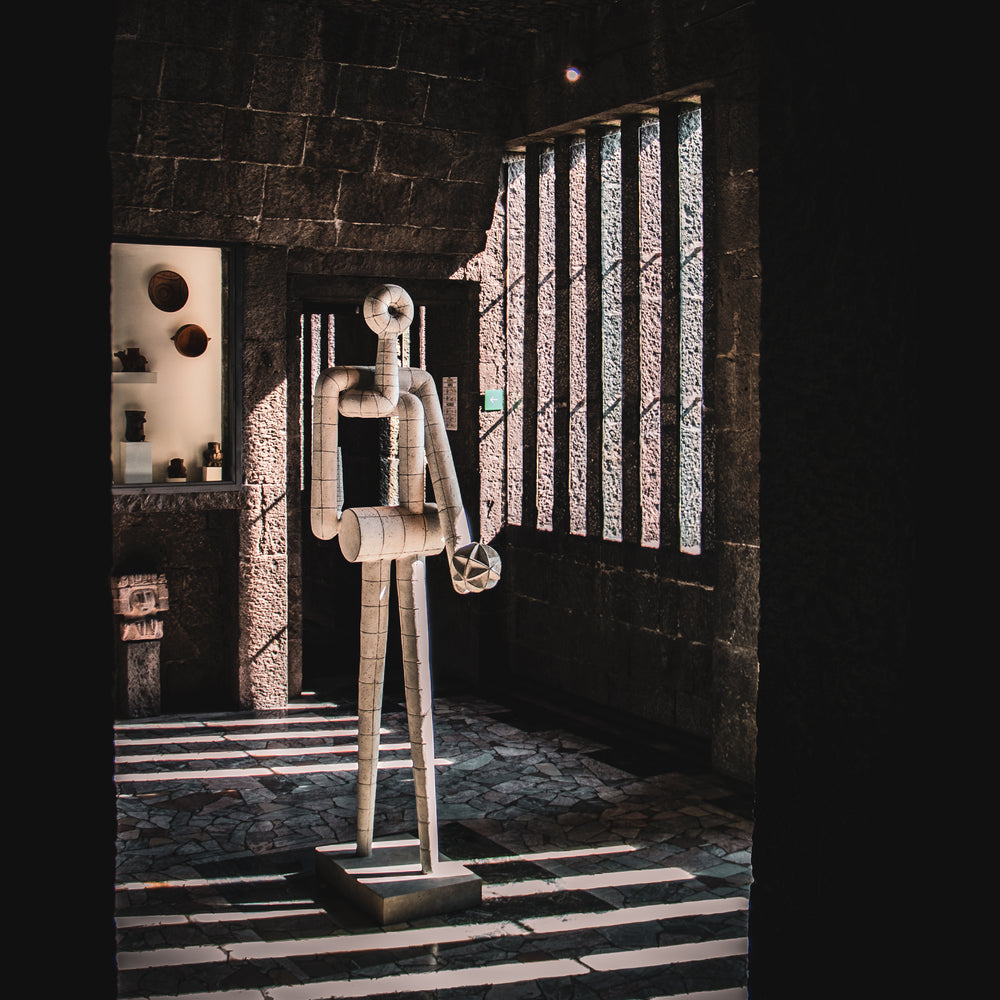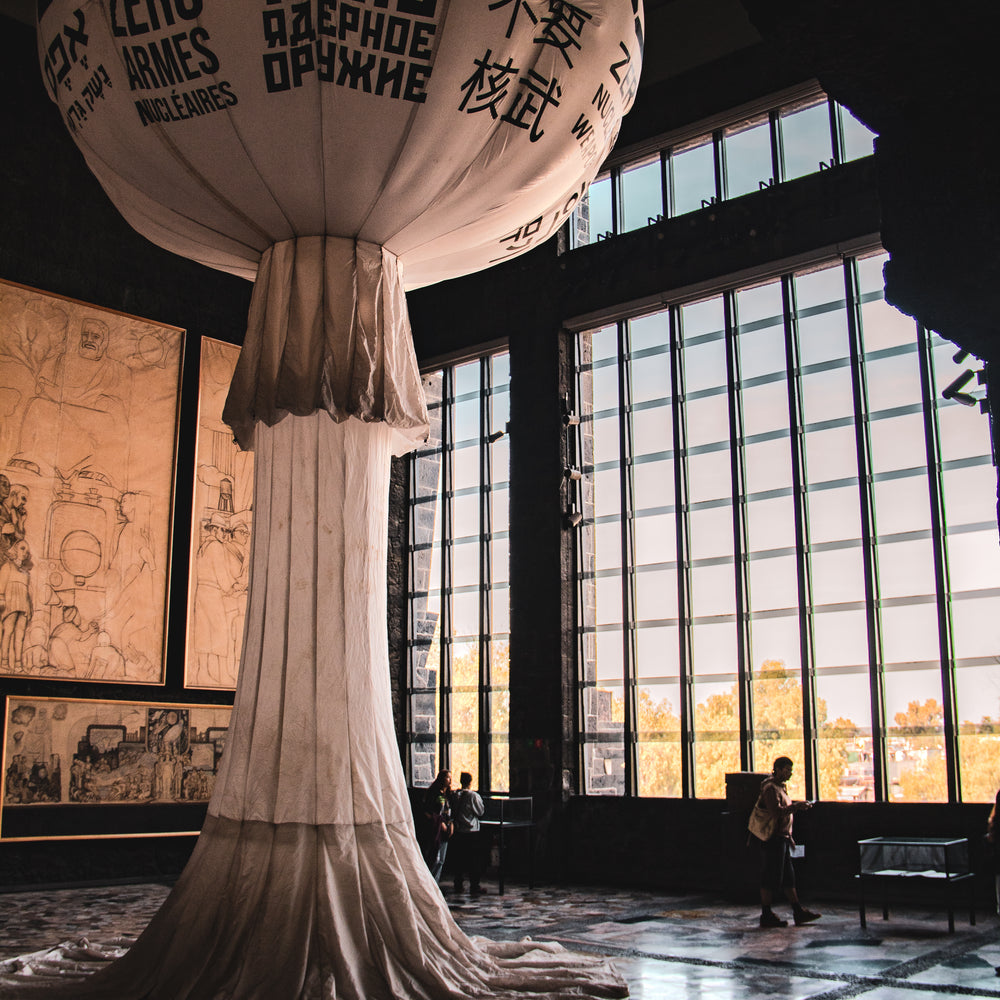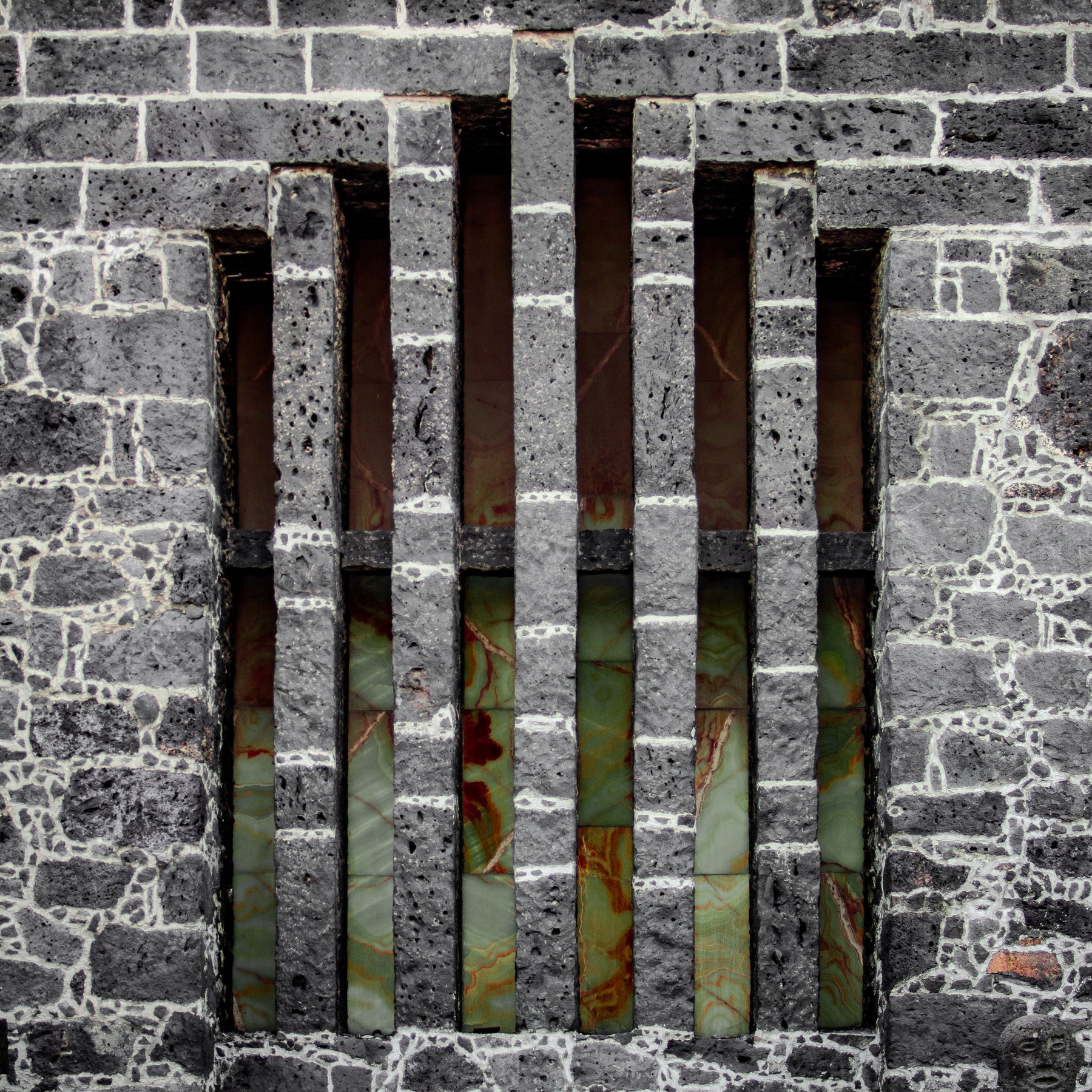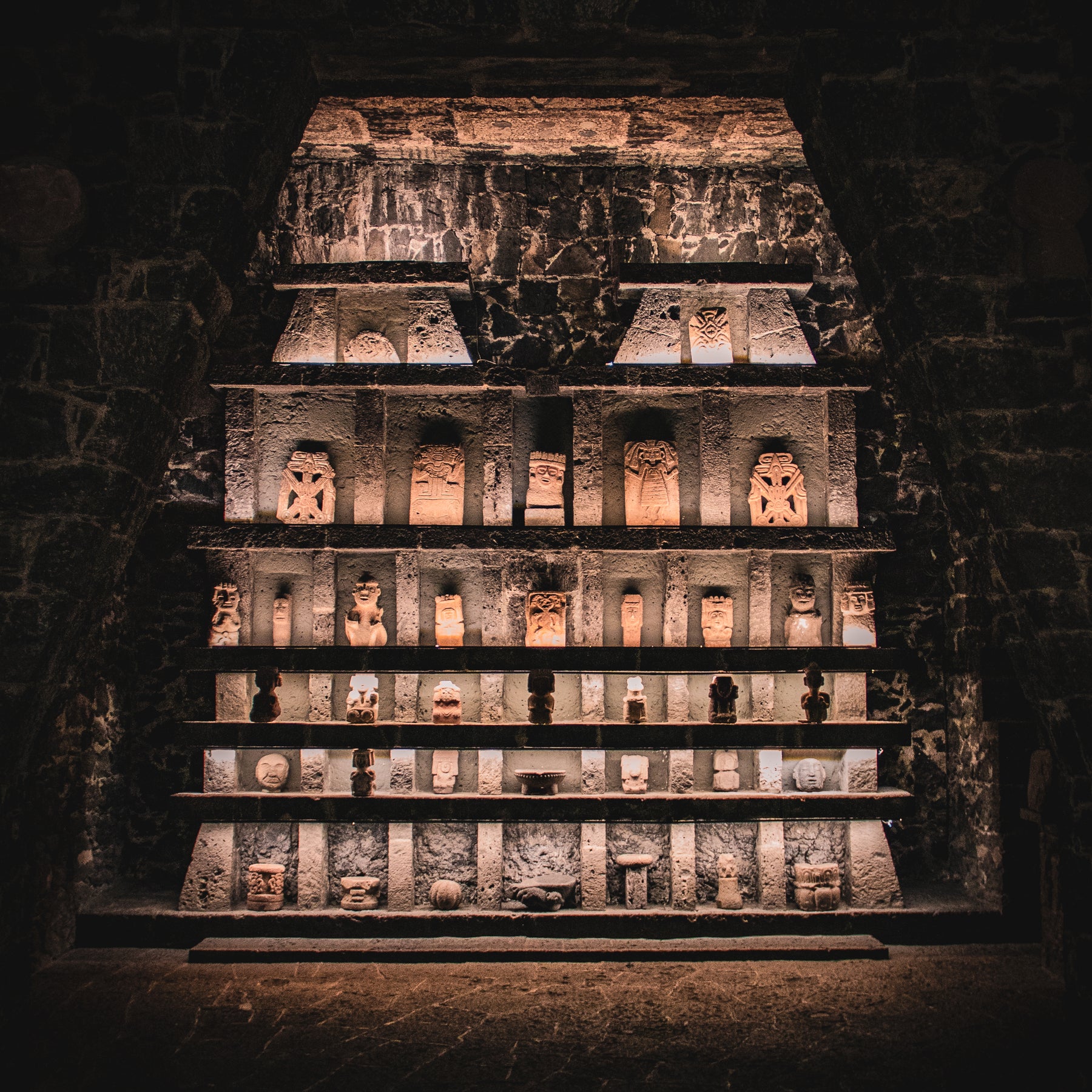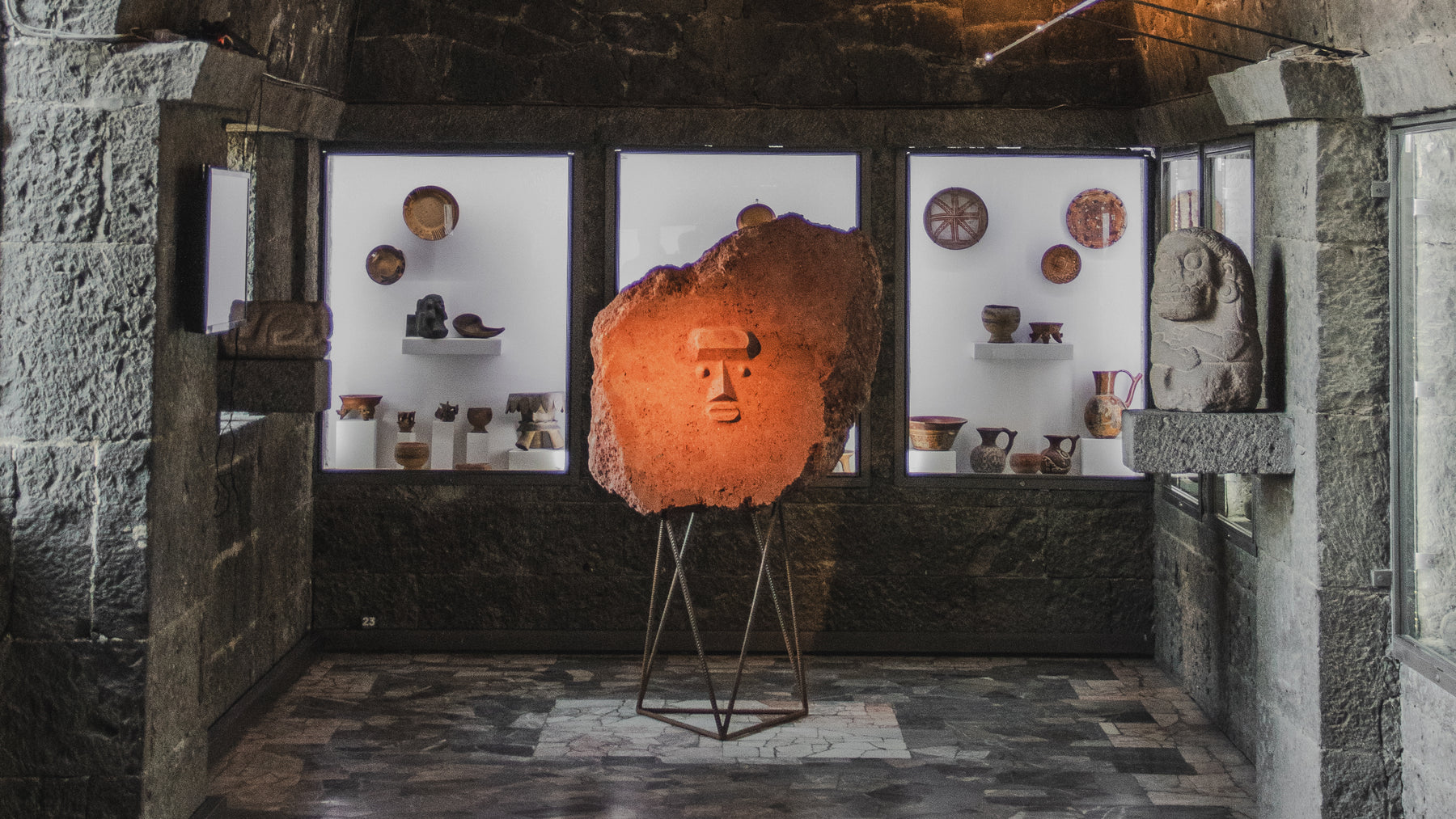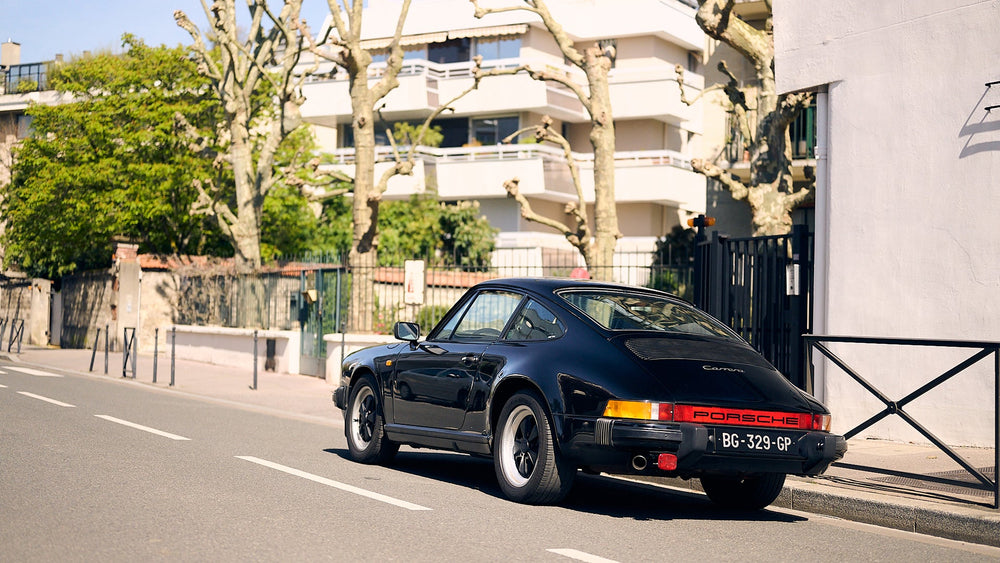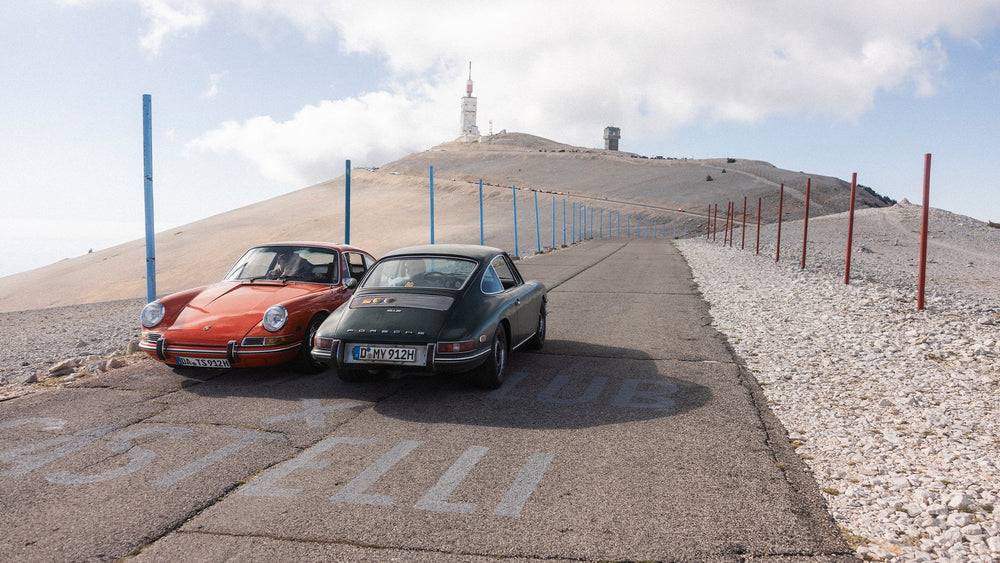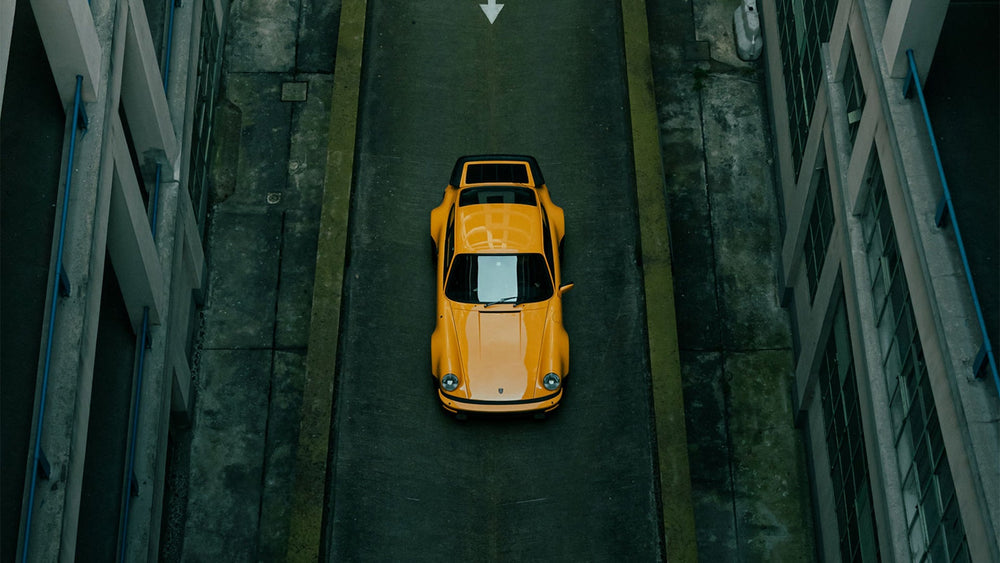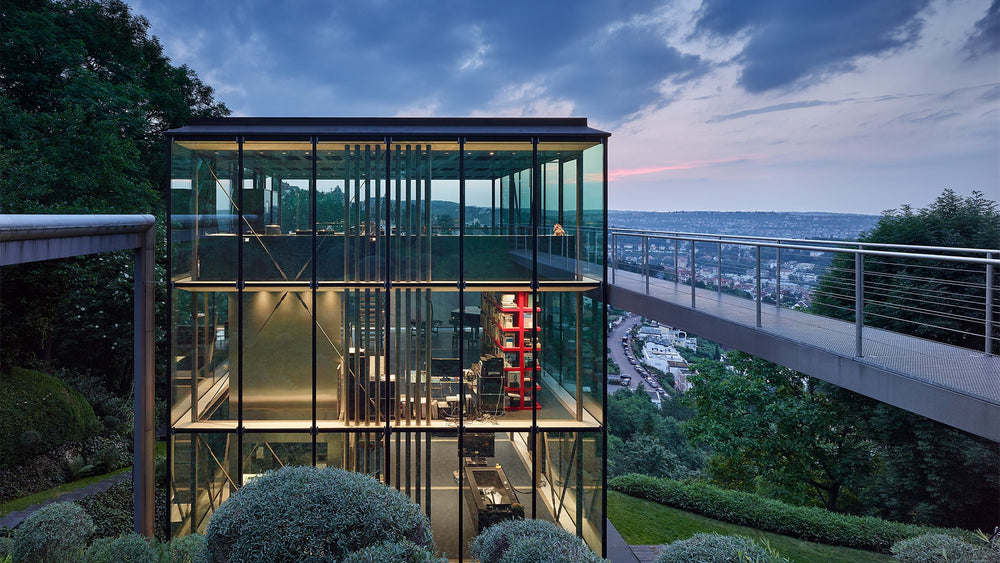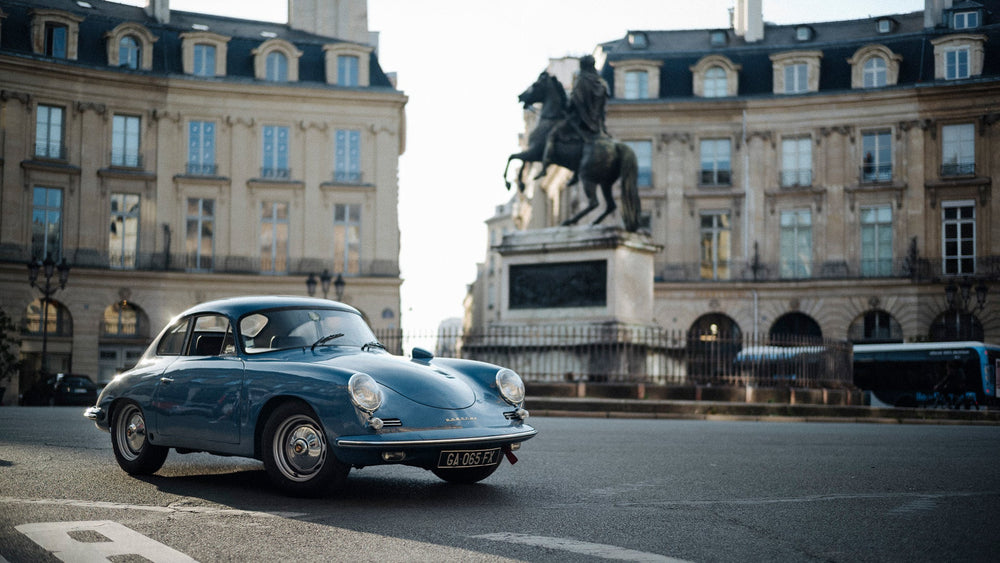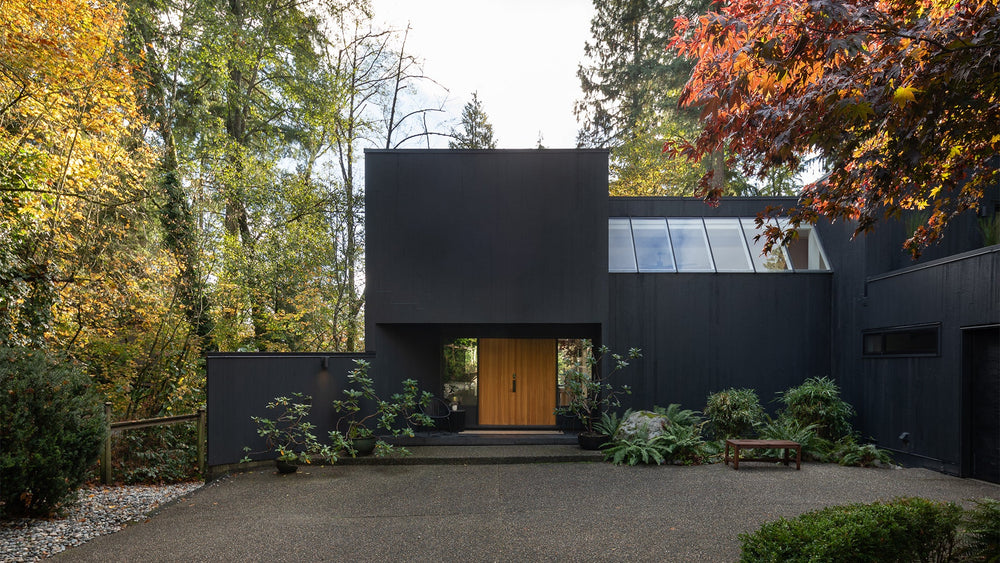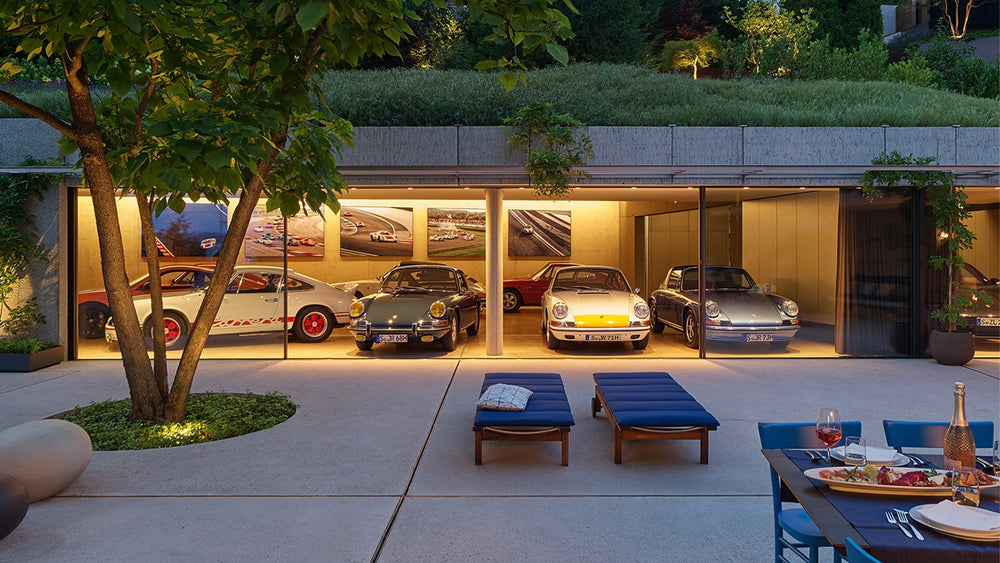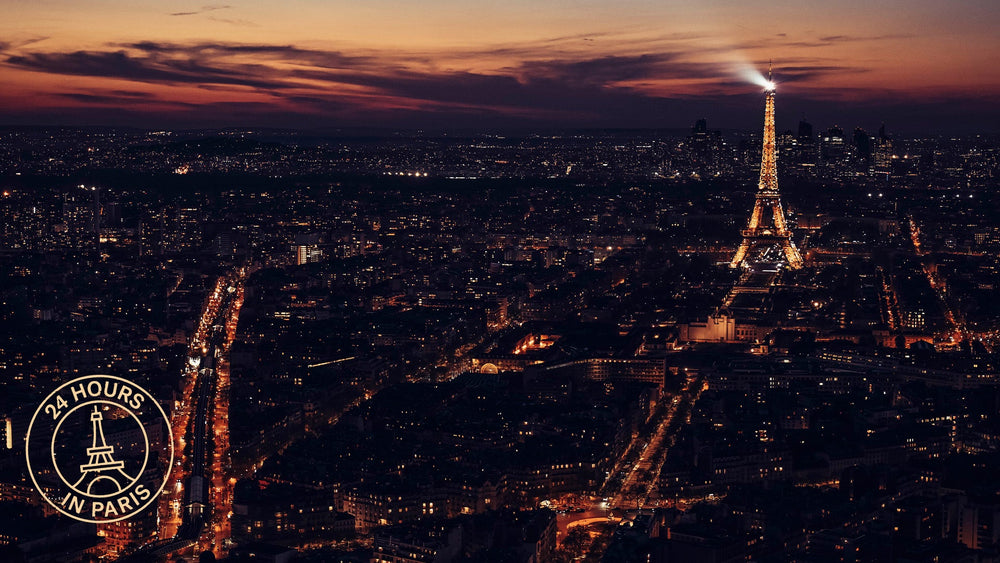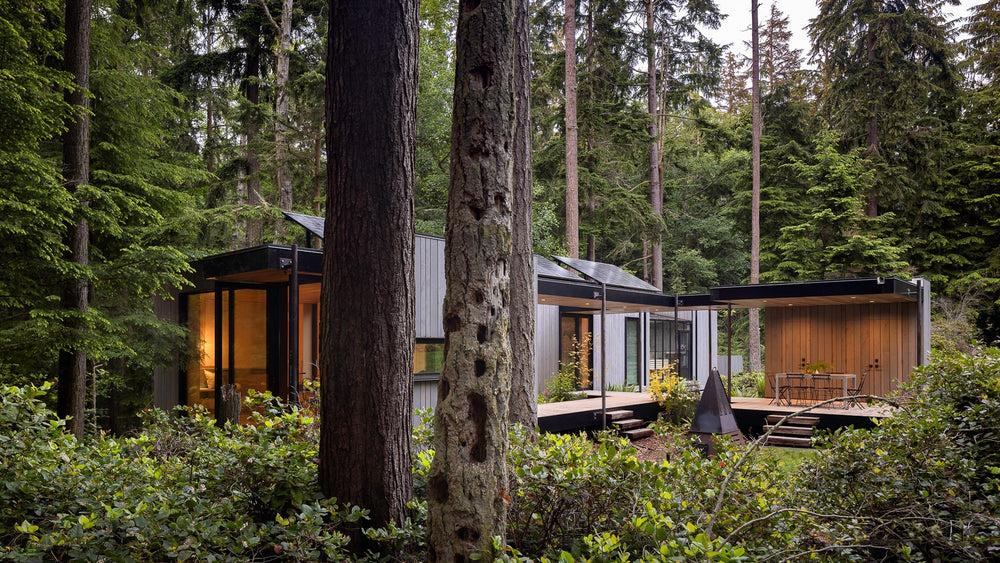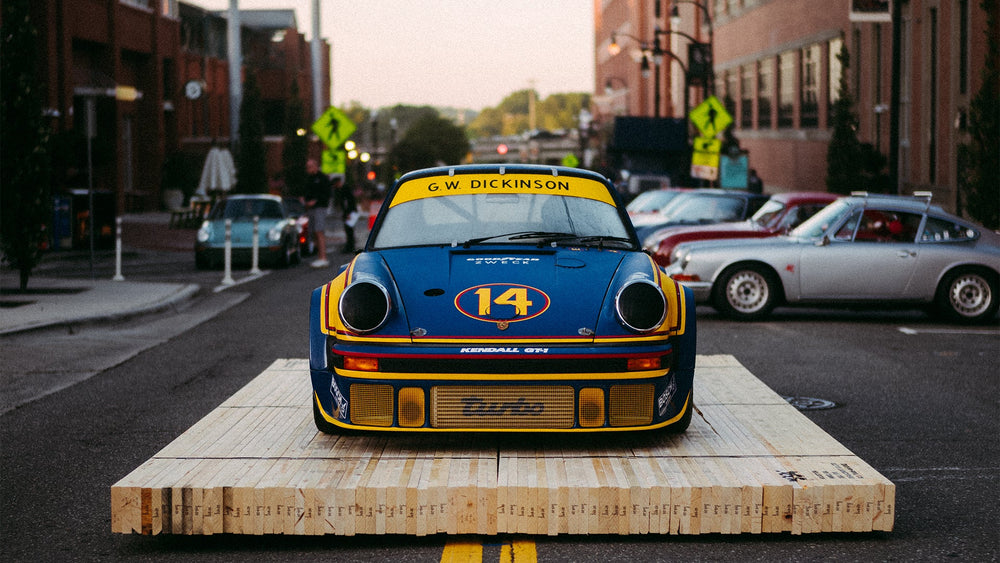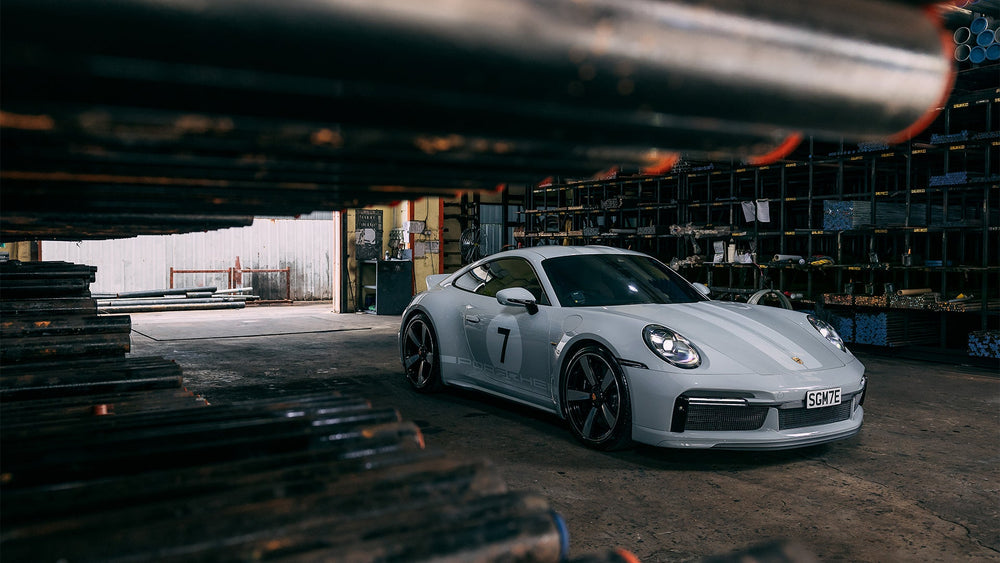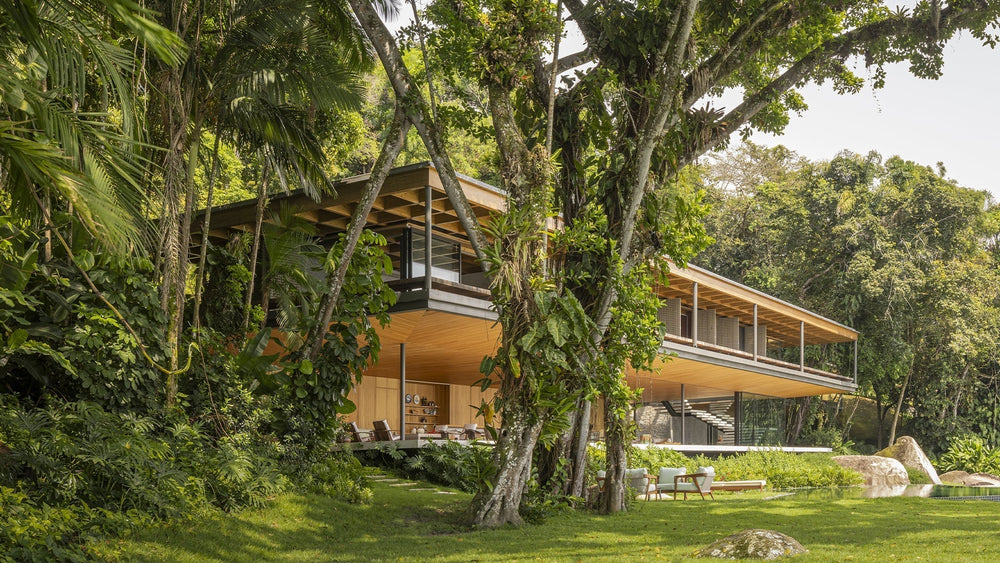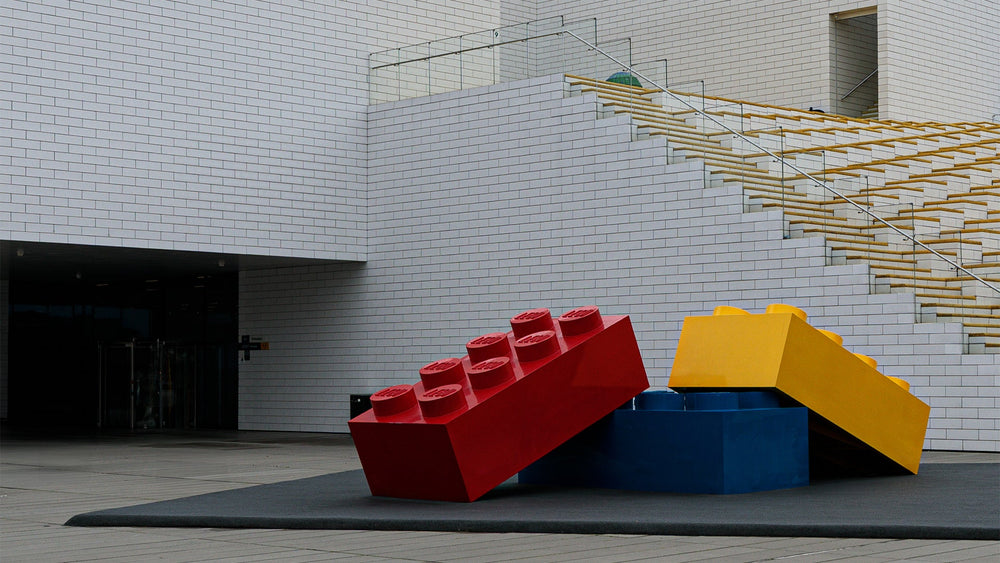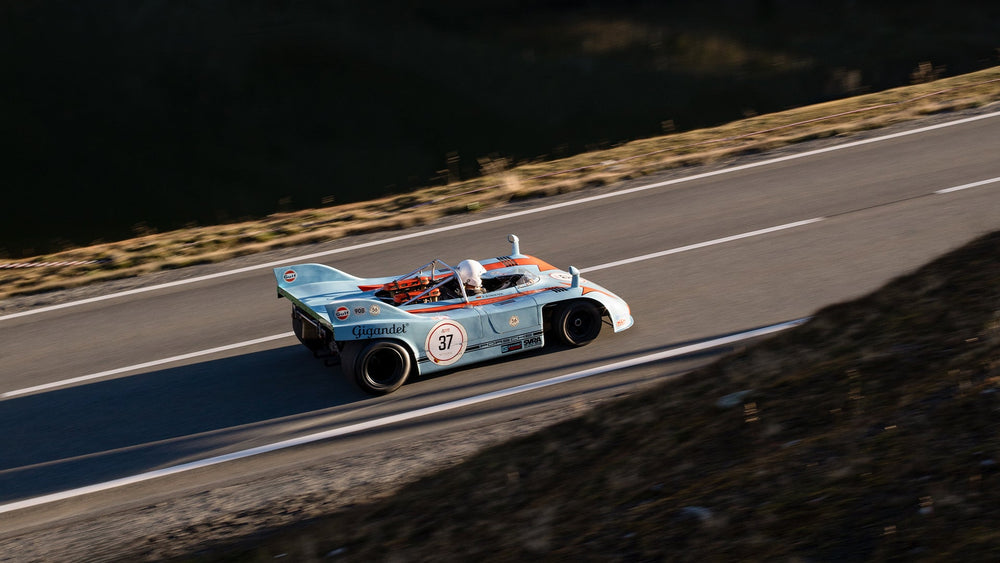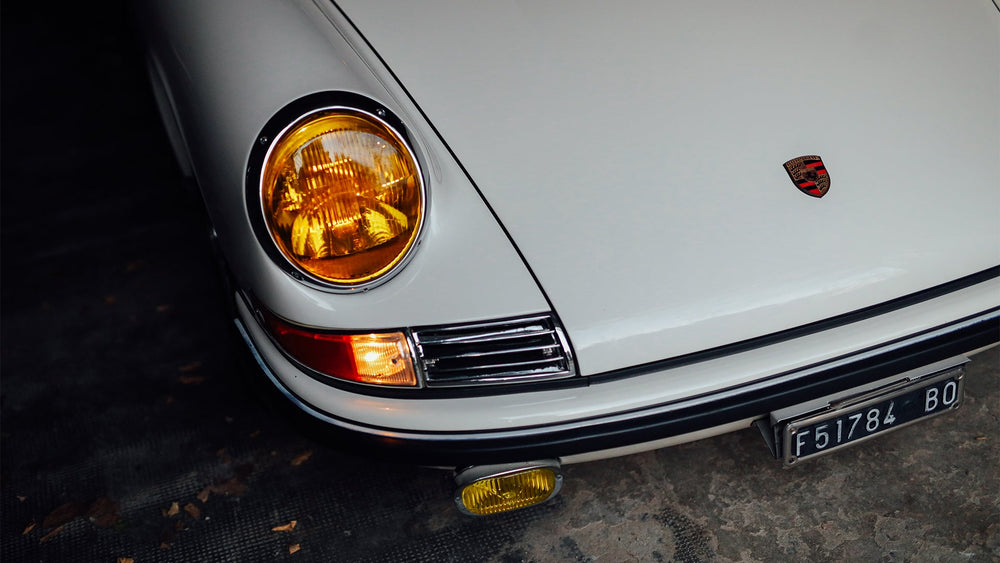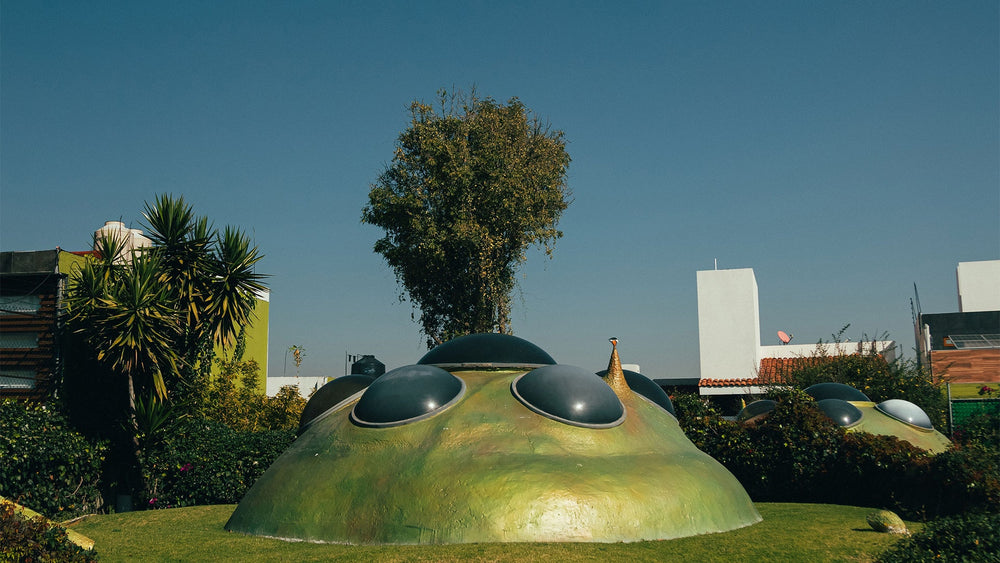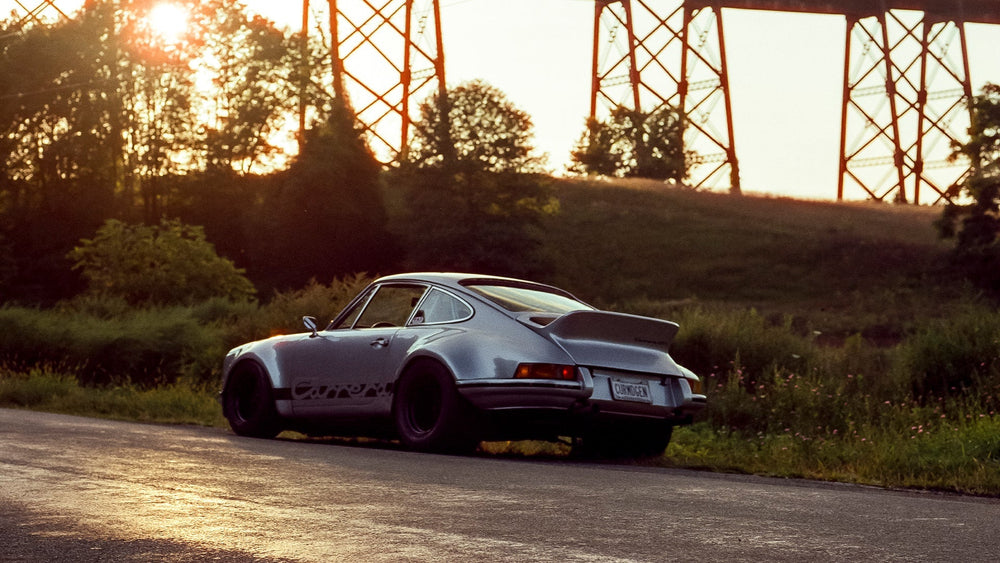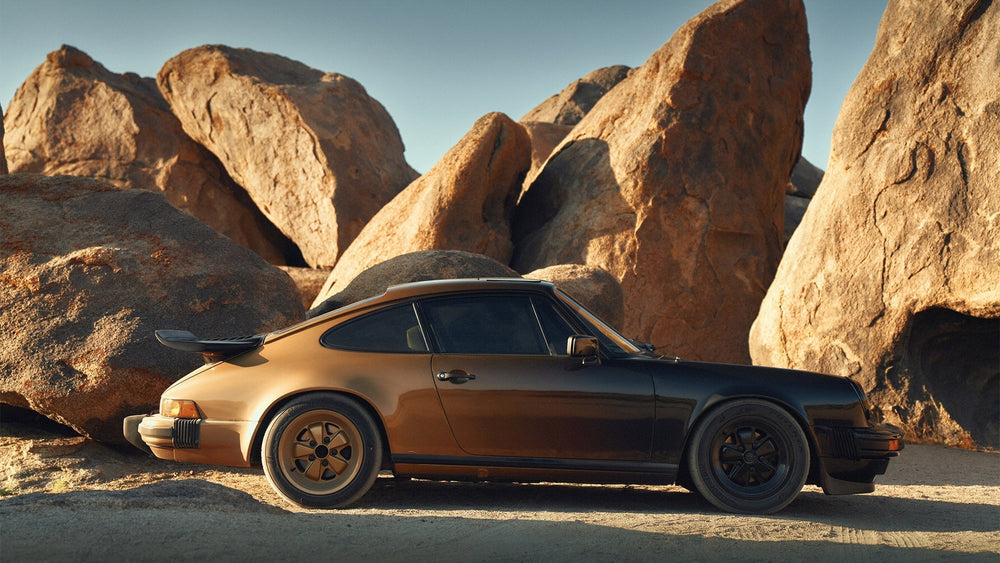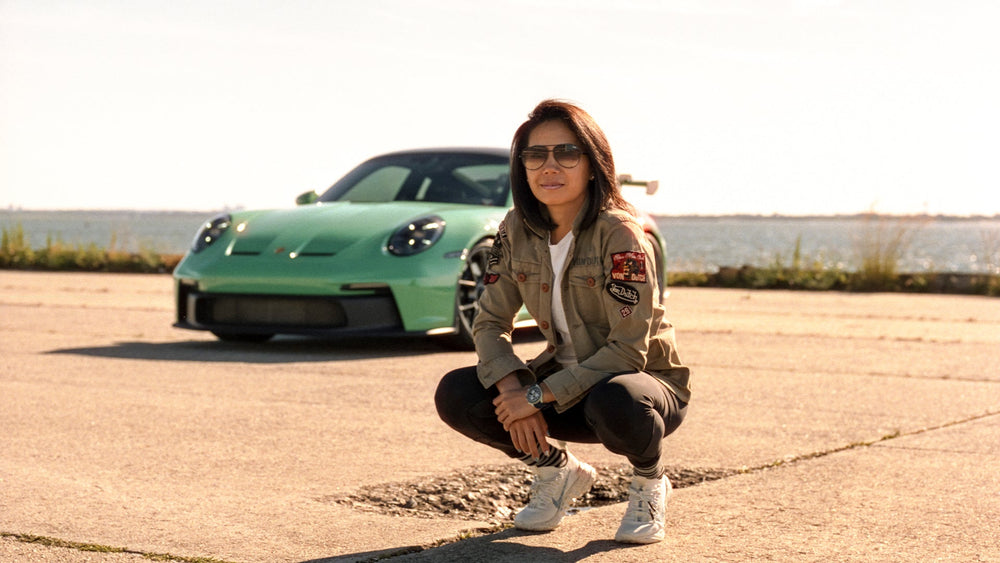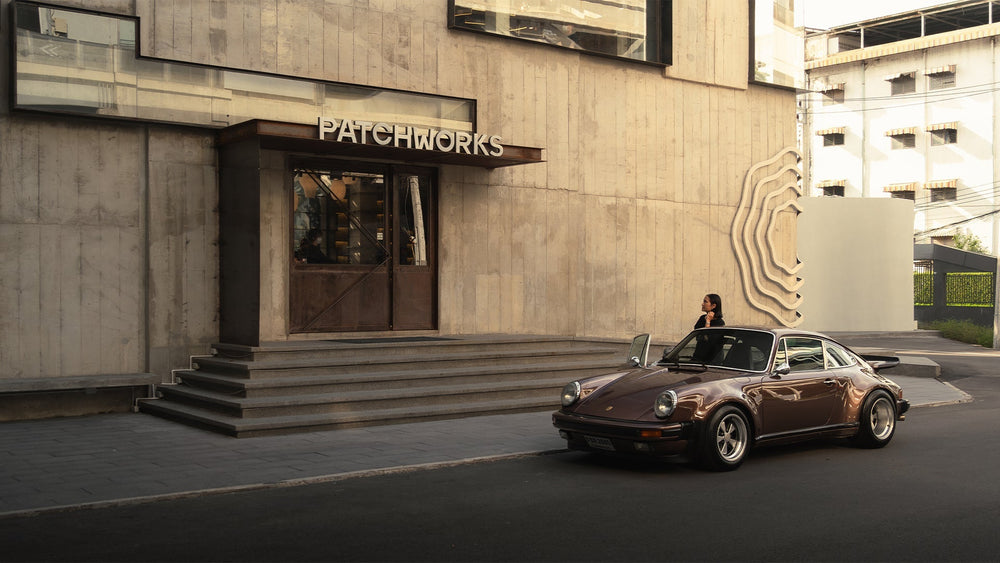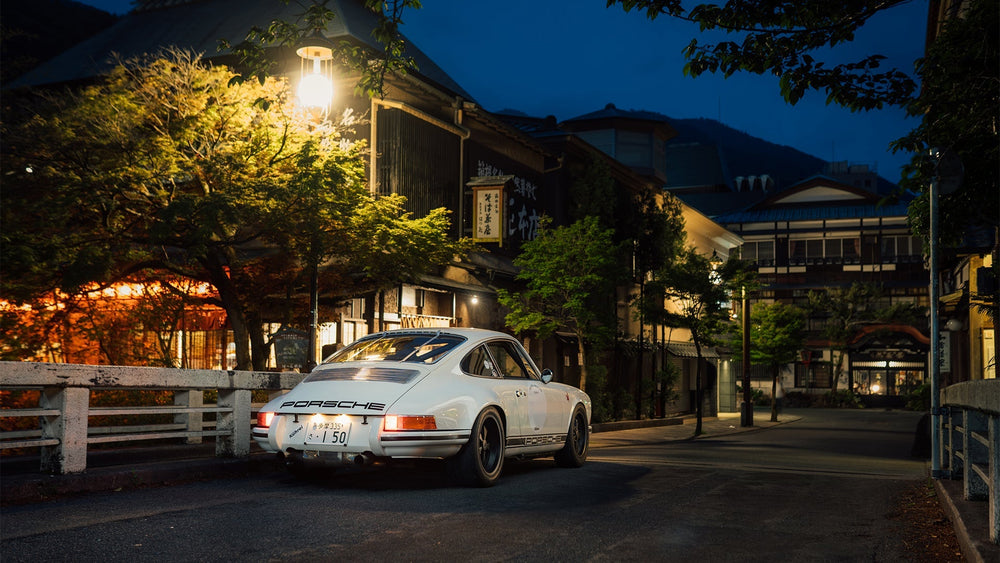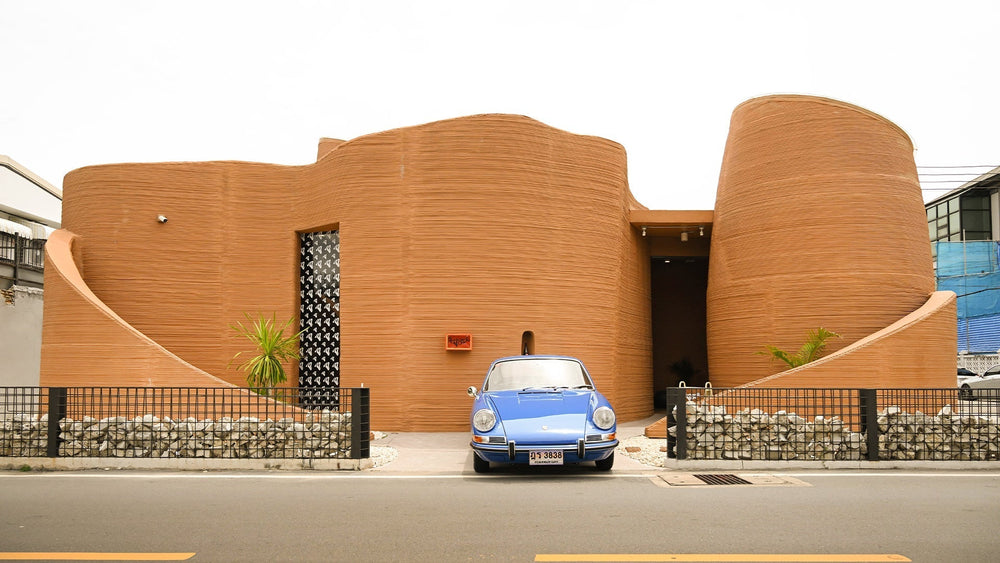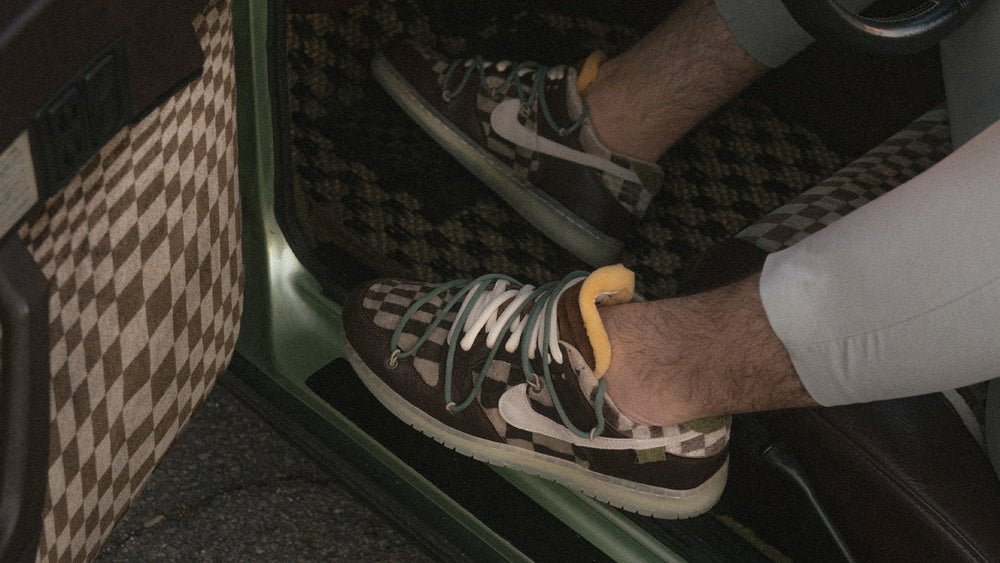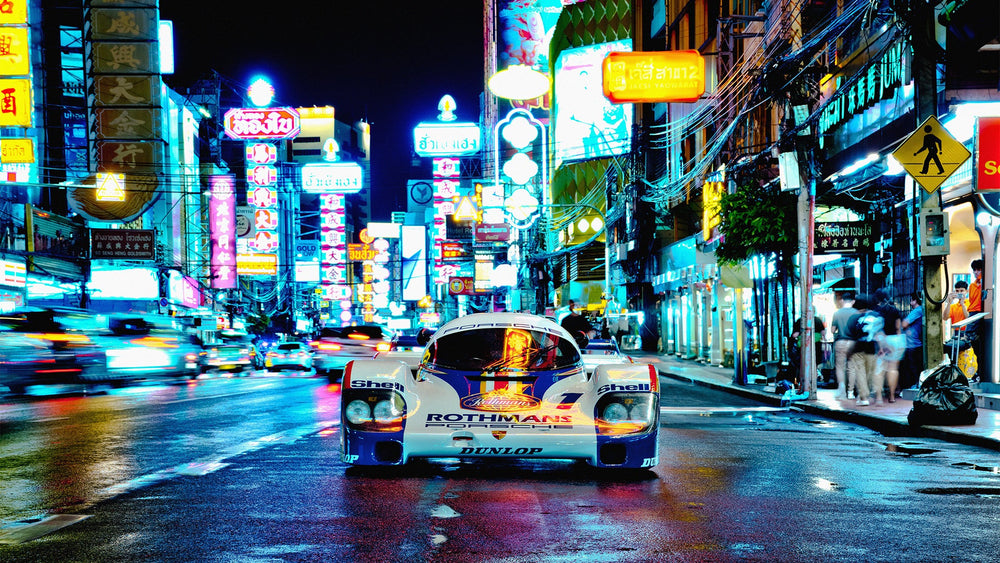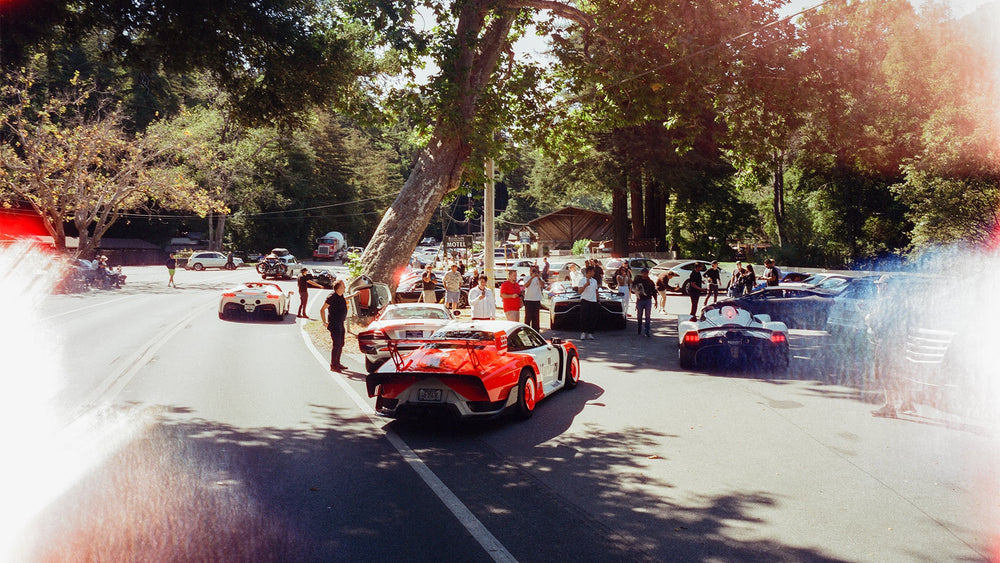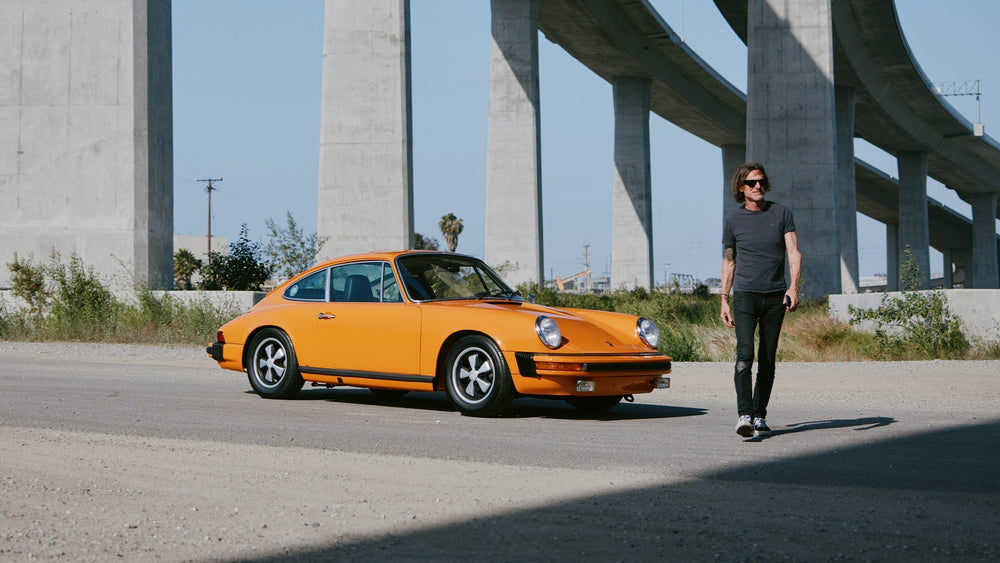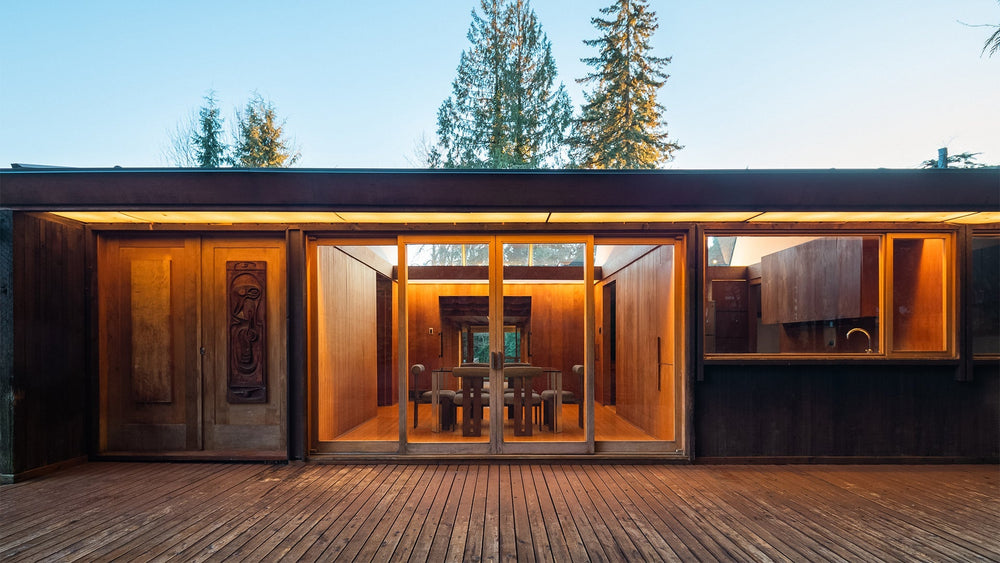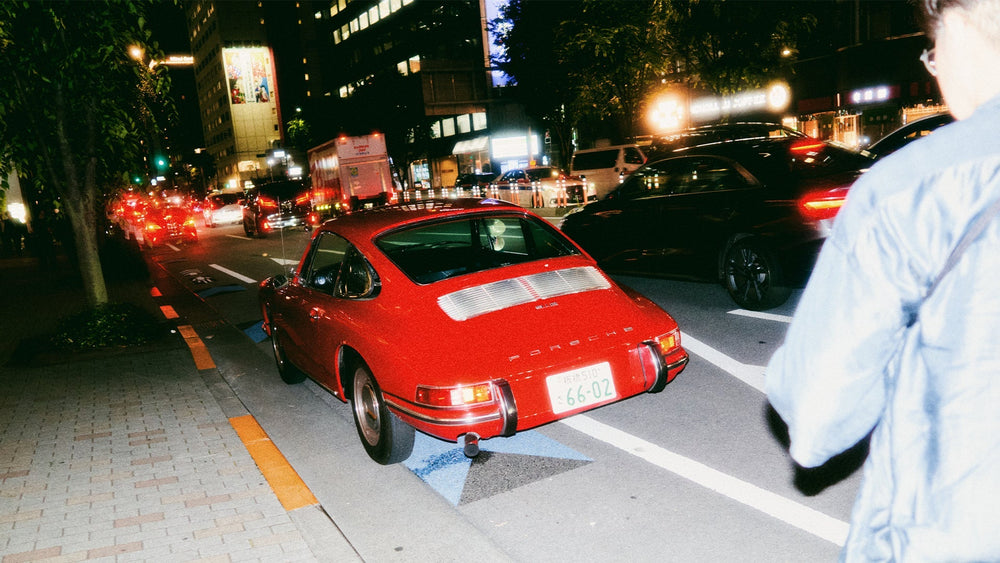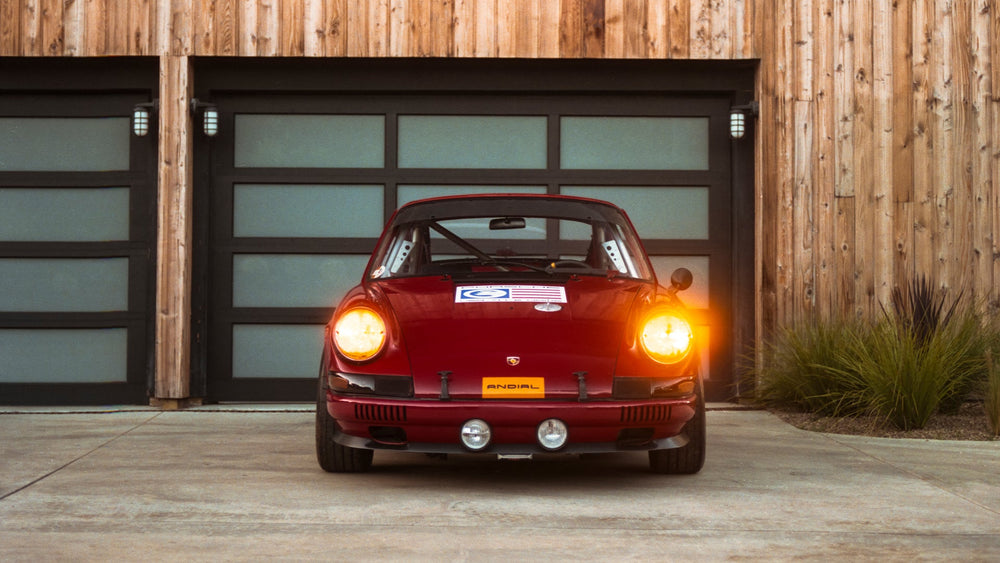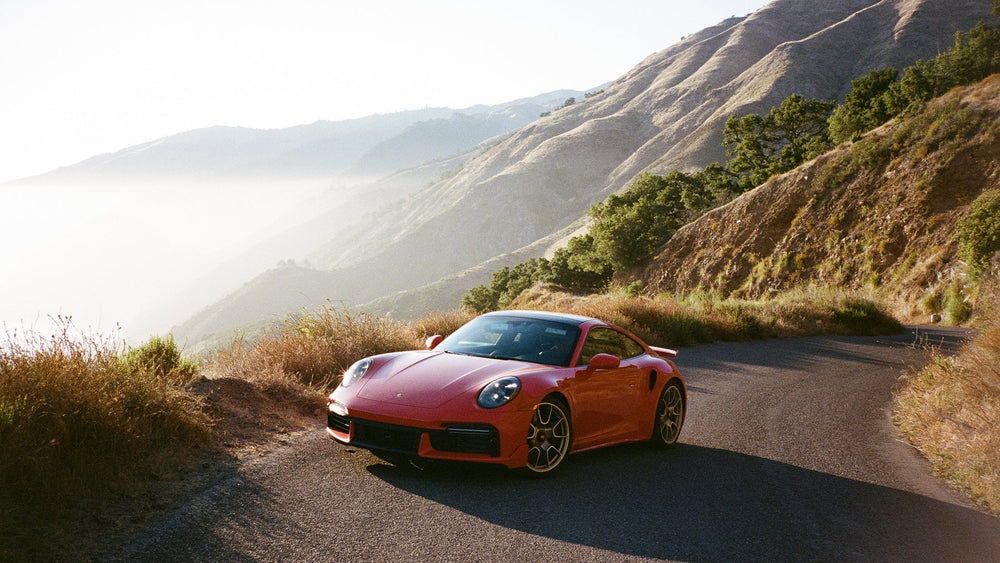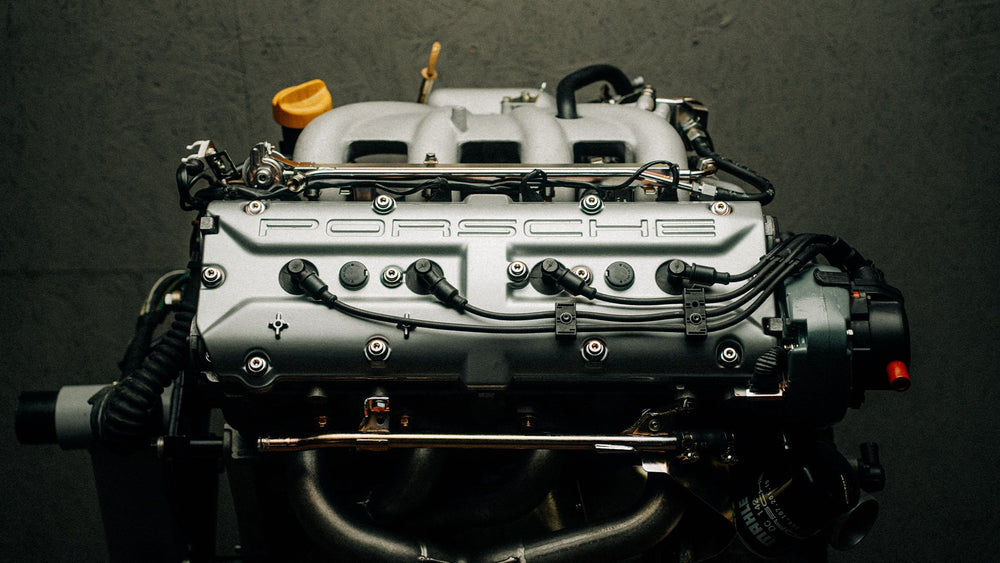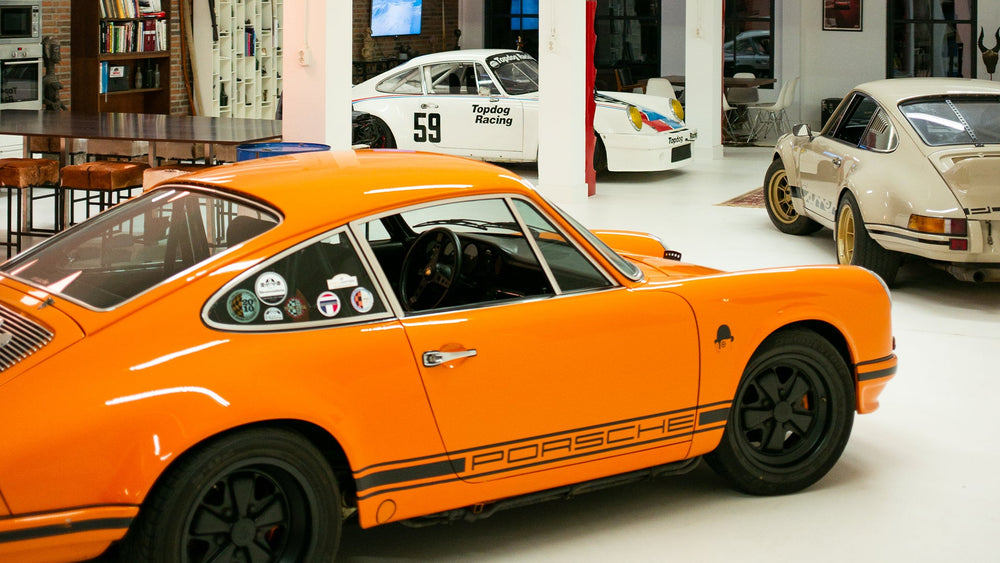It is in essence a shrine to central American artists both past and present, giving voice to the causes and cultural priorities of the region. For this, Rivera collaborated with architect Juan O’Gorman, with whom he’d previously worked with on his home. O’Gorman was an associate of Frank Lloyd Wright and was, like Wright, very invested in defining a native and organic vernacular for modern architecture. It would be wrong to call him a traditionalist, but he was very sceptical of the growing international style that the big European names of the time were championing all over the world.
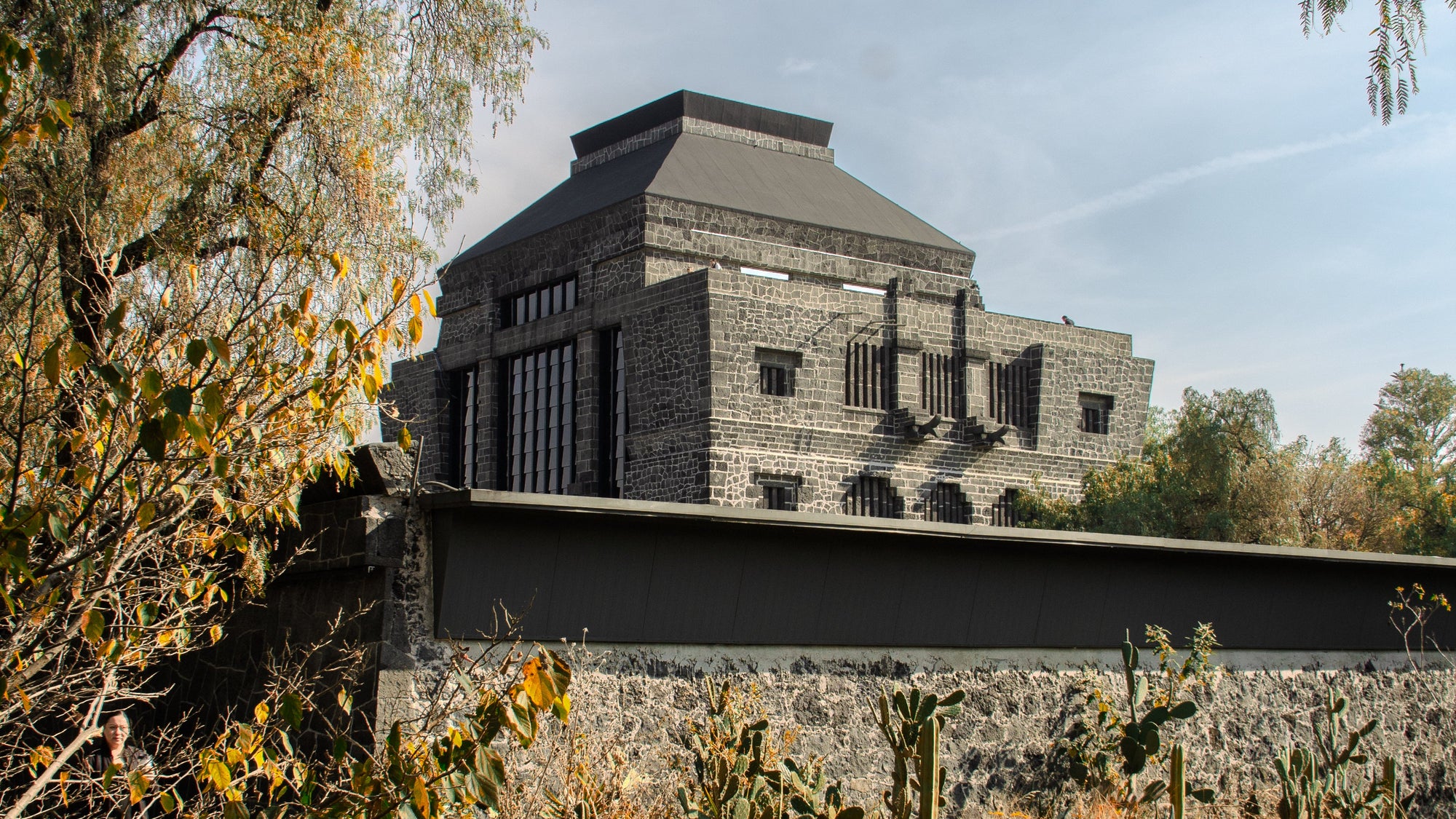
Museo Anahuacalli
Author: ALFIE MUNKENBECK
Photographer: ALFIE MUNKENBECK
A visit to Mexican painter Diego Rivera’s fortress of central American art.
Built from the same volcanic stone on which it sits, Museo Anahuacalli was Diego Rivera’s final parting gift to Mexico City, one that wasn’t even finished until seven years after his passing. Inside, the museum houses Rivera’s extensive collection of pre-hispanic ceramics, each acquired throughout his lifetime. As per his will, it also rotates through a series of contemporary art exhibitions, each of which speak in some way to the founding purpose of the museum.
